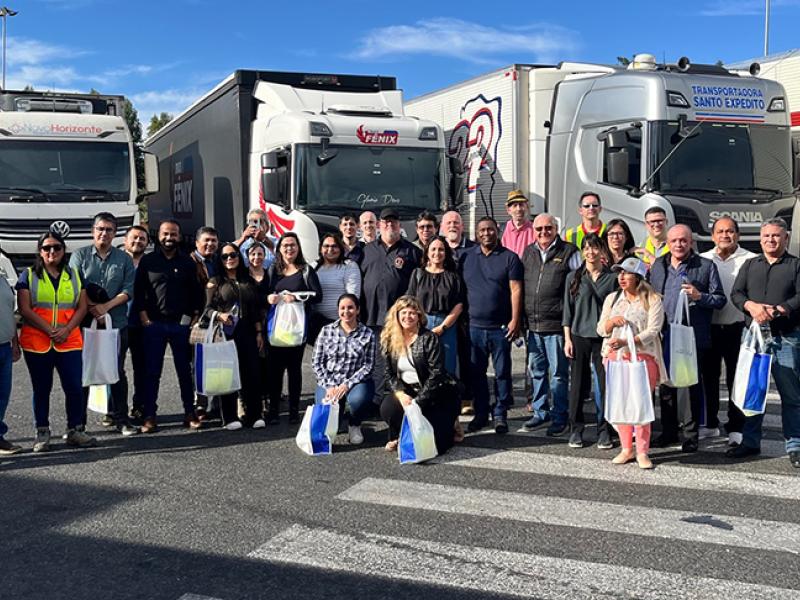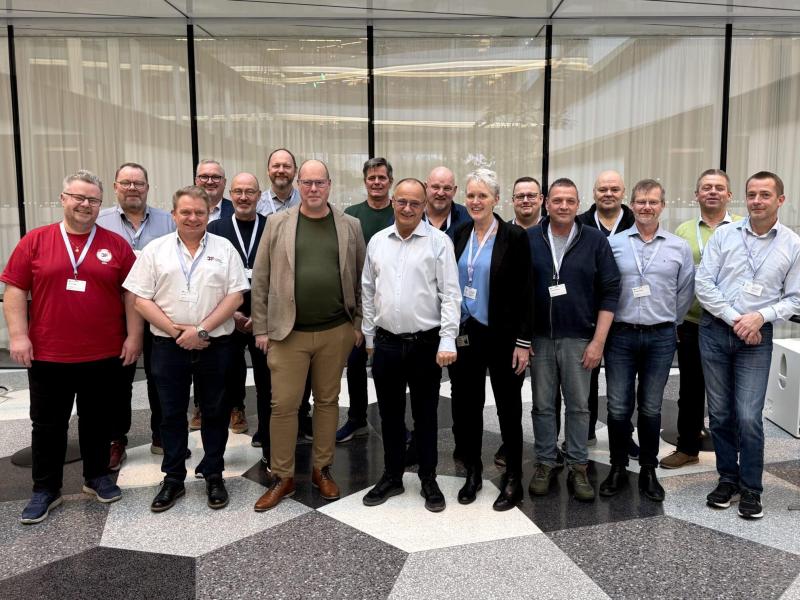An official report that exposed massive safety risks concerning toxic gases in shipping containers shows that workers face daily danger, the Maritime Union of New Zealand (MUNZ) has warned.
The Wellingtonian newspaper claimed on 14 March that the Customs Service published internally the findings in its Report on the Outcomes of the Fumigant Risk Study in May 2012, but withheld them from the public.
Samples were taken from over 500 containers that arrived at the New Zealand Port of Tauranga, and the results were consistent with overseas findings. Five gases were found well above safe working levels - formaldehyde, ethylene oxide, methyl bromide, benzene and ethylene dibromide.
MUNZ national secretary Joe Fleetwood, whose union represents maritime workers on the waterfront and on ships who deal directly with containers, said: “This report shows that levels of toxins were present in most containers and one in five containers were not safe. In a large port that could mean thousands of containers."
Fleetwood expressed his concern that cargo manifests might not be accurately indicating these hazards. He also questioned how the Port of Tauranga, which promotes itself as successful and efficient, would respond to the report’s findings: “What measures are the port taking to protect their staff from poisoning? Have they informed their staff of the report?"
MUNZ has been urging the precautionary phase-out of methyl bromide for some time, following reputable scientific evidence of its possible link to motor neurone disease. Research into this is ongoing.
Fleetwood called for both a full safety audit for containers and a beefed-up health and safety plan to be rolled out, with the involvement of unions and workers on the ground.



